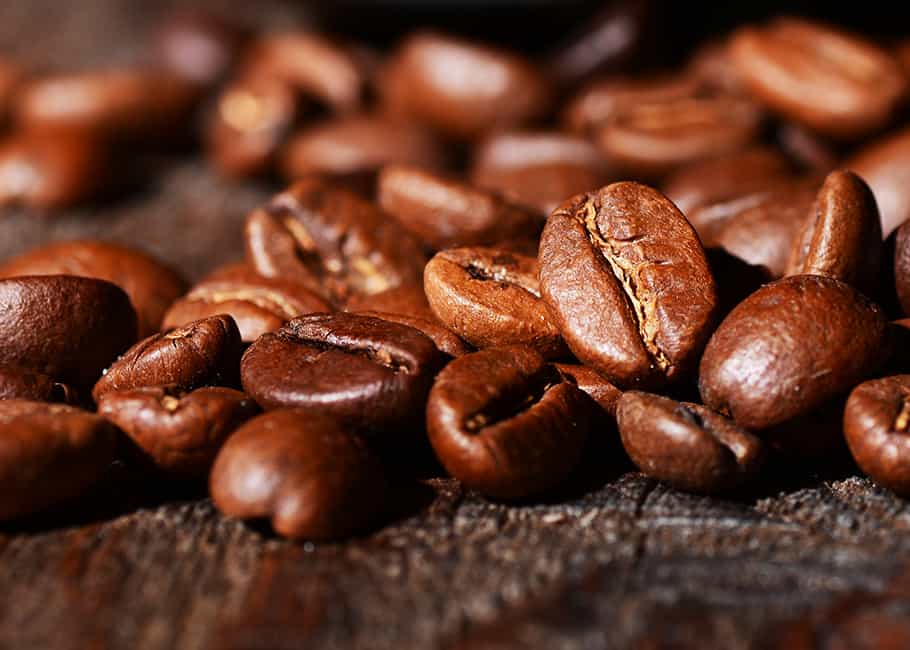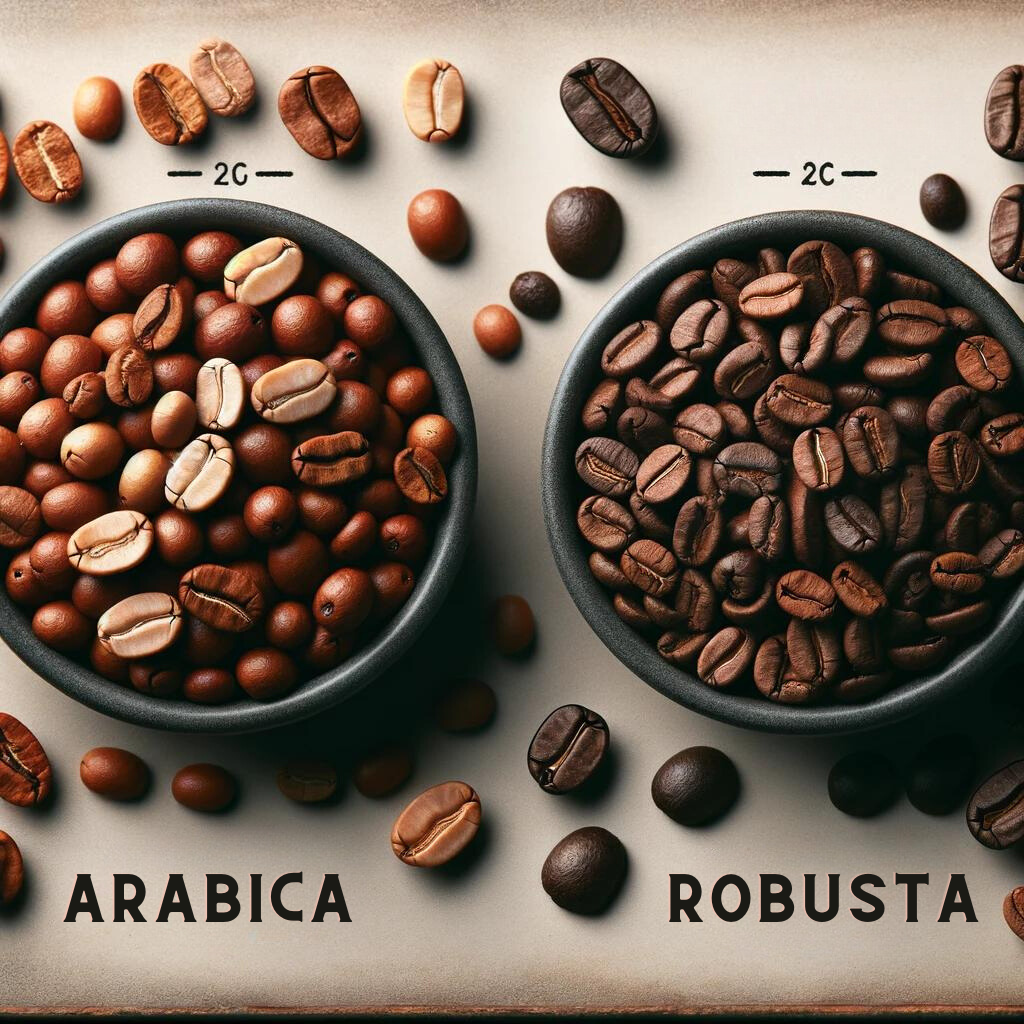Whether you’re a coffee connoisseur or simply looking to expand your knowledge, this article will provide valuable insights into the world of coffee acidity. Stay tuned for a comprehensive guide on Arabica and Robusta beans and their acidity levels.
Arabica And Robusta Bean Coffee Acidity Levels
When it comes to the acidity of coffee beans, Arabica beans are a popular choice for those who prefer a less acidic brew. Compared to Robusta beans, Arabica beans are known for their lower acidity levels, making them a great option for individuals who are sensitive to acidic foods and beverages.
Arabica beans are often favored for their smooth, mellow flavor profile, which is attributed to their lower acidity. This makes them a popular choice for those who suffer from conditions such as GERD or acid reflux, as the lower acidity can help reduce the risk of heartburn and discomfort.
In contrast, Robusta coffee beans are known for their higher acidity levels, which can result in a more bitter and harsh taste. While some coffee enthusiasts enjoy the bold flavor profile of Robusta beans, others may find the higher acidity to be too intense for their palate.
When brewing coffee with Arabica beans, it’s important to consider the best brewing methods for low-acidity coffee. By using methods such as cold brewing or using a French press, you can further reduce the acidity levels in your coffee, resulting in a smoother and more enjoyable cup.
Understanding the acidity levels of Arabica beans and how they compare to other types of coffee beans can help you make informed decisions when selecting your next bag of coffee. Whether you prefer the mellow flavor of Arabica or the boldness of Robusta, being aware of the acidity levels can enhance your coffee drinking experience.
Factors Affecting Arabica Beans Acidity
The acidity of Coffee beans can be influenced by various factors, including the altitude at which the beans are grown, the soil composition, and the climate of the region. Higher altitude and cooler temperatures tend to produce beans with higher acidity, while lower altitude and warmer temperatures result in beans with lower acidity levels. Additionally, the processing method used after harvesting can also impact the acidity of the beans.
Comparing Arabica and Robusta Acidity Levels
While Arabica beans are known for their lower acidity, Robusta beans have a higher acidity level, resulting in a more intense and bitter taste. For individuals who are sensitive to acidic foods and beverages, Arabica beans may be a better choice to avoid discomfort such as heartburn and acid reflux.
Best Brewing Methods for Low-Acidity Coffee
If you prefer a smoother and less acidic cup of coffee, consider using brewing methods such as cold brewing or a French press. These methods can help reduce the acidity levels in your coffee, resulting in a more enjoyable drinking experience.
What is the typical acidity level of Arabica beans?
The typical acidity level of Arabica beans ranges from moderate to low, making them a popular choice for those who prefer a milder flavor profile.
How does the acidity of Arabica beans impact the taste of coffee?
The lower acidity of Arabica beans contributes to a smoother and mellow flavor profile, making them a great option for individuals who are sensitive to acidic foods and beverages.
Is Arabica coffee stronger than Robusta coffee?
While Robusta coffee is higher in caffeine content, Arabica coffee is often considered to be stronger in terms of flavor and aroma. The slow development of Arabica beans at higher altitudes results in a denser bean with a more complex flavor profile.
How does the strength of Arabica coffee vary by region?
The strength of Arabica coffee can vary depending on the region where it is grown. Factors such as altitude, climate, and soil composition all play a role in shaping the flavor profile of Arabica coffee, resulting in unique characteristics from different regions.
Can the strength of Arabica coffee be adjusted through brewing methods?
Yes, the strength of Arabica coffee can be adjusted through different brewing methods. By experimenting with grind size, water temperature, and brewing time, you can tailor the strength of your Arabica coffee to suit your preferences. Whether you prefer a bold and robust cup or a smooth and mellow brew, there’s a brewing method that can help you achieve the perfect strength for your taste.


